Protect your pots!
Protecting pottery from harsh winter weather is essential to preserve its beauty and integrity. Here’s a step-by-step guide on how to protect your pottery in the High Desert:
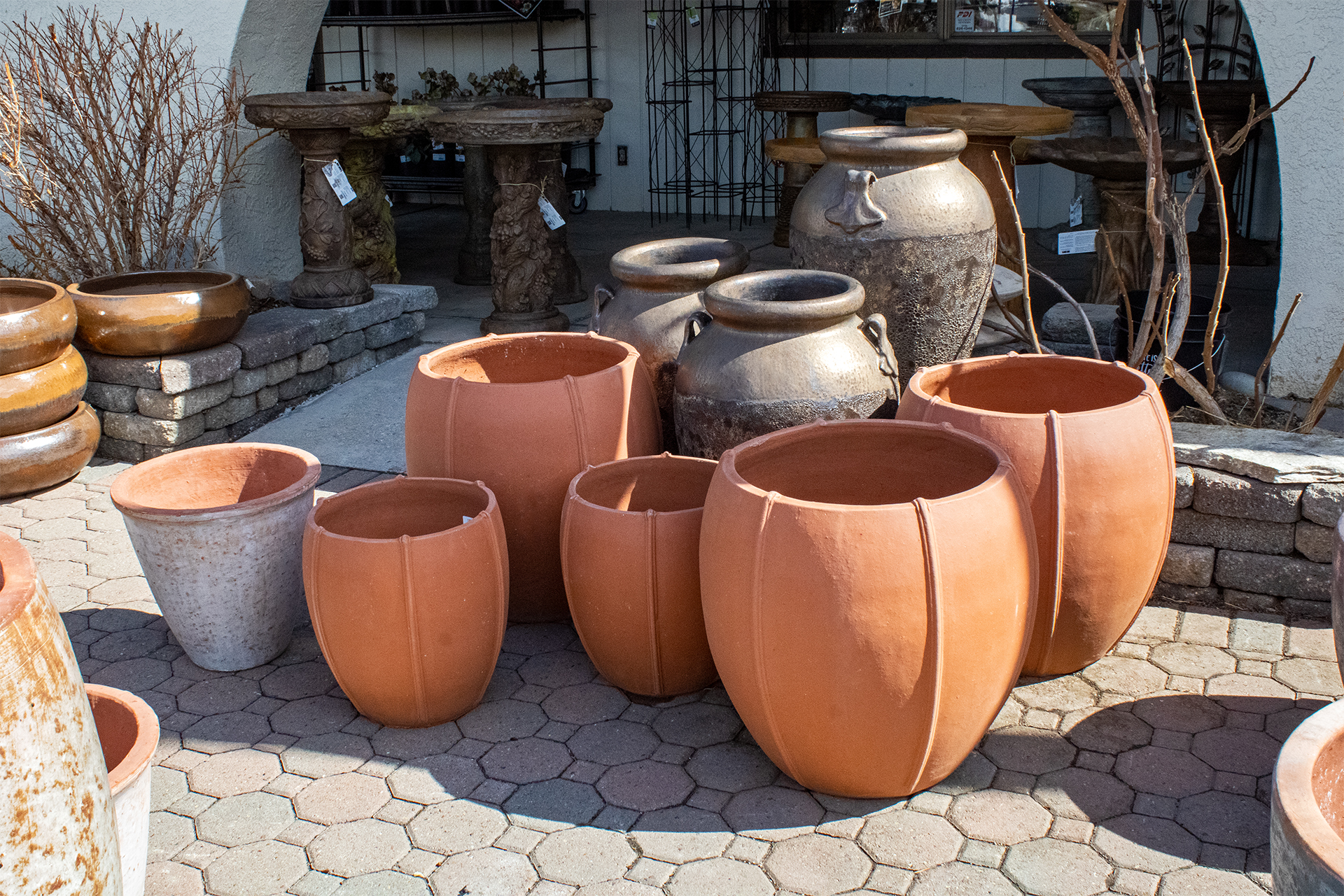
Prepare
As winter approaches, plan ahead to protect your pottery. Identify the pottery pieces that are vulnerable to cold temperatures, such as delicate ceramics or glazed pieces.
Drain excess water
Water trapped inside pottery can expand when it freezes, leading to cracking or even shattering. Ensure that all pots, vases, or planters are completely drained of any excess water. Empty out any water from saucers or dishware as well.
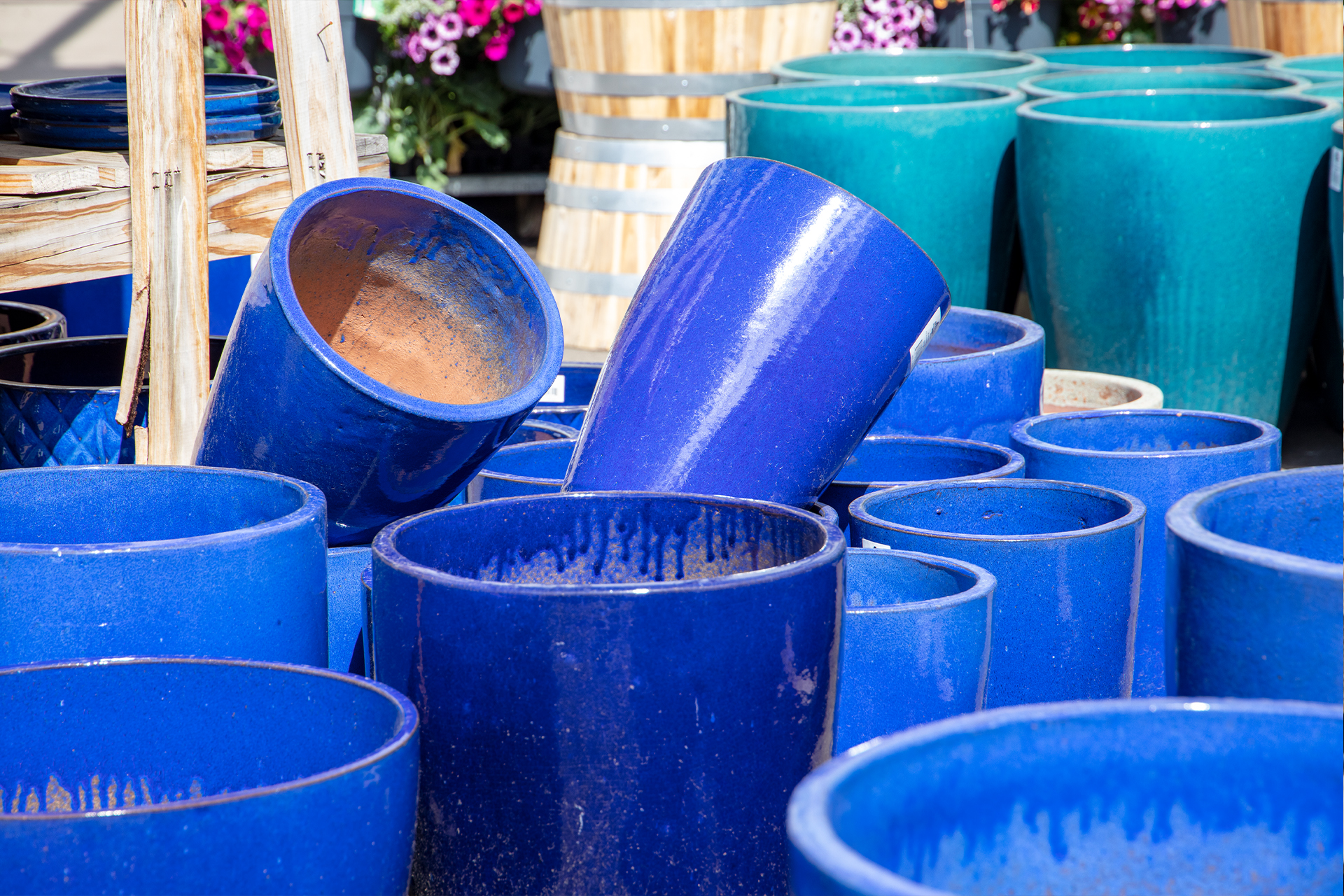
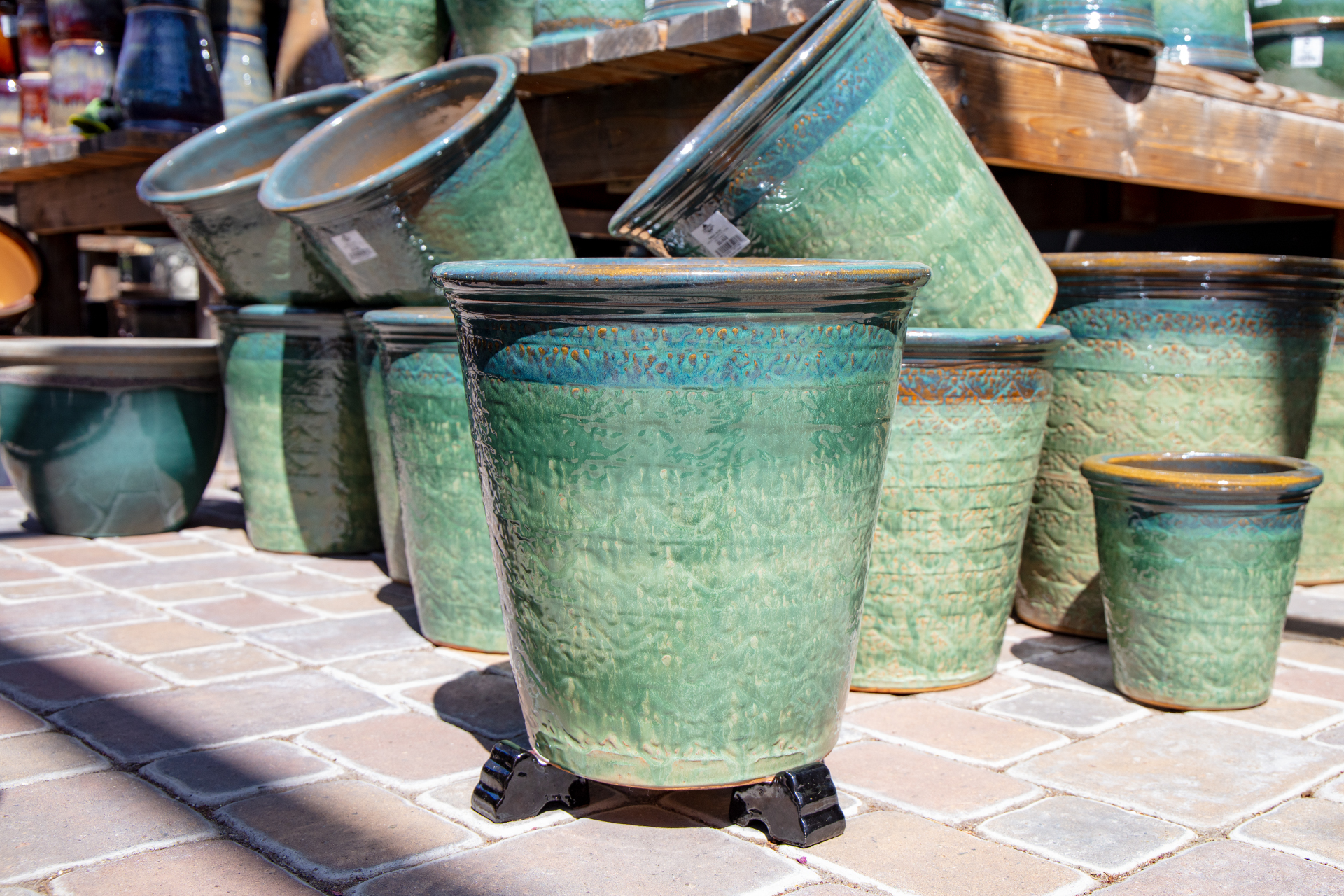
Elevate the pottery
Lifting the pottery above the ground helps prevent moisture absorption and reduces the risk of freezing. Place your pottery on wooden blocks, bricks, or specialized pot feet to raise them off the cold ground. This creates an insulating layer of air and reduces the chances of frost damage.
Relocate vulnerable pottery
If possible, consider moving fragile or valuable pottery indoors to protect it from extreme cold. Find a suitable location inside your home, such as a basement, garage, or any area with stable temperature and low humidity. This ensures optimal protection for your precious pieces.
For larger pottery items that cannot be moved indoors, group them together in a sheltered area, such as a covered patio, under an overhang, or against a wall. This helps create a microclimate that provides some protection against harsh weather conditions.
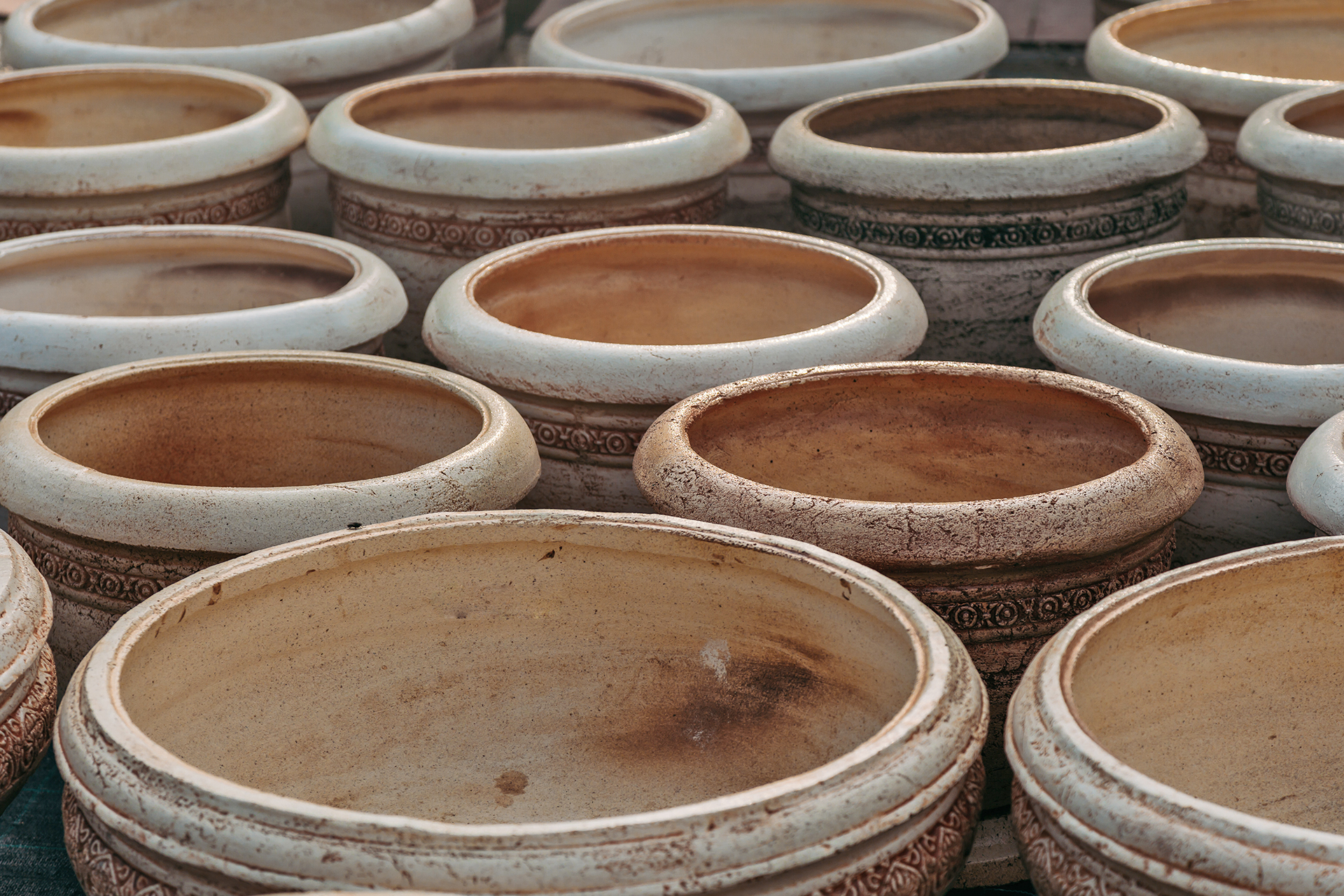
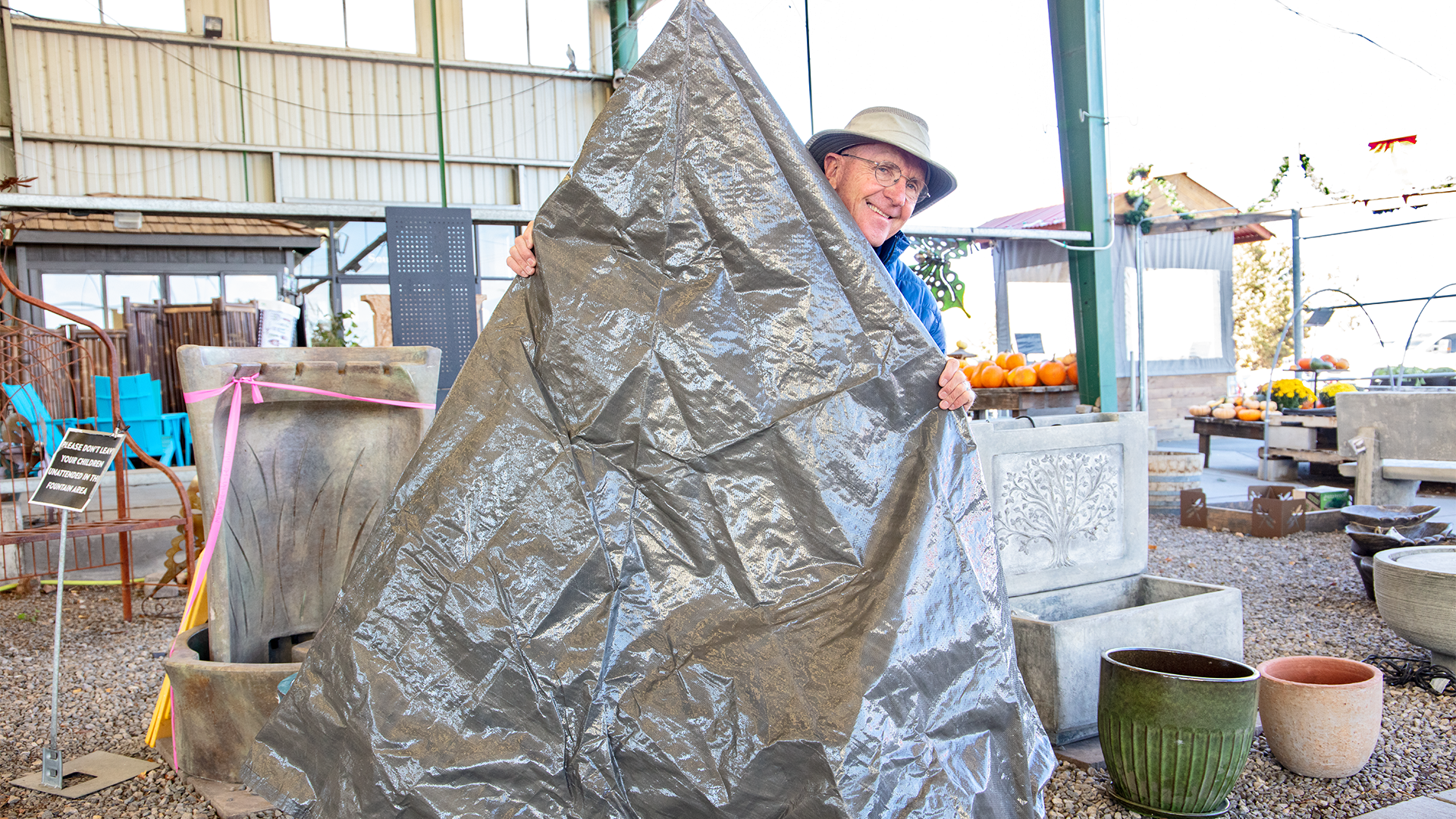
Wrap and cover
Before covering the pottery, consider wrapping it with insulation material to provide an extra layer of protection. Use burlap, bubble wrap, or specialized frost protection fabric to cover the exposed surfaces of the pottery. Secure the insulation material in place using twine or fabric ties.
To shield the pottery from snow, ice, and freezing rain, cover the grouped or individual pieces with a waterproof tarp or heavy-duty plastic sheeting. Make sure the covering extends all the way to the ground to prevent moisture infiltration.
Fasten the tarp or plastic sheeting securely using bungee cords, rope, or weights to prevent it from blowing away in strong winds.
